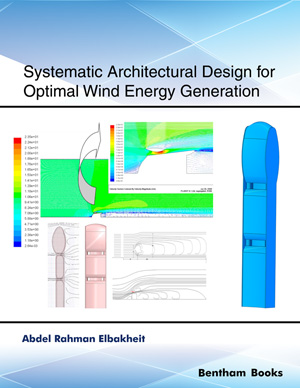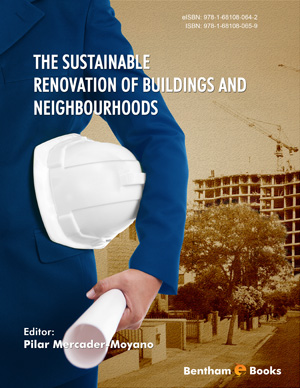Abstract
Trusses are designed for supporting loads while ensuring reduction in material consumption and providing stability. Following these principles, nine types of structural trusses were designed using the Stiffness Method. Details of the trusses include: 20 m span, 1 m height, concentrated load of 10 kN (at the centre of the structure), with profiles composed of circular steel bars (ASTM A36, 210 GPa for modulus of elasticity). The trusses differed from each other specifically in the height (truss)/length (chord) ratio. The ratio values varied between 44.44 cm and 100.00 cm. The profiles were sized for carrying solely loads anticipated in the structural design, with no unloaded cross sections. The results included material consumption for each structural type: TRUSS 1 (110.39 kg), TRUSS 2 (106.26 kg), TRUSS 3 (105.04 kg), TRUSS 4 (104.25 kg), TRUSS 5 (103.83 kg), TRUSS 6 (105.63 kg), TRUSS 7 (105.91 kg), TRUSS 8 (108.47 kg), and TRUSS 9 (113.38 kg). The results indicated that the truss with the lowest material consumption also used a height/length ratio corresponding to the Golden Ratio, a value frequently encountered in nature. This Golden Ratio provided a minimal consumption of material, while maintaining structural stability. As for strain, nothing was identified (unfortunately!). Nowadays, it is not surprising when this value is identified in nature, but when the Golden Ratio is indirectly encountered in an essential technical human activity, it is relevant; not for human advantage, on the contrary, nature seems to be communicating something to humanity in its own language. Would this language be what is currently called biomimetics?
Keywords: Golden Ratio, Truss, Design of Structure.




















